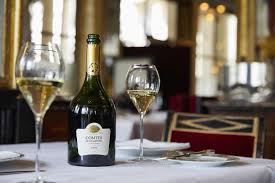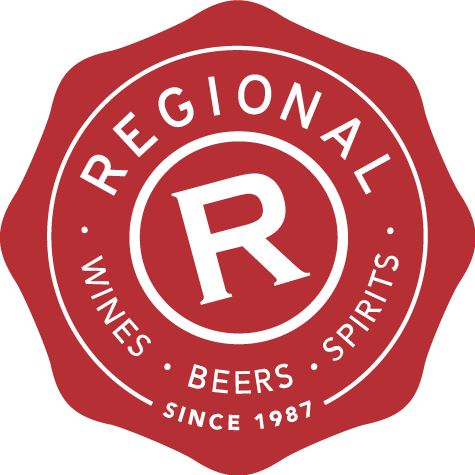
Taittinger comes to town
Champagne Taittinger is one of the big names in Champagne so it was interesting to meet the company's export man, Nicolas Delion, in Wellington last month.
He guided a group of wine professionals through a range of Taittinger Champagnes, which I have written about and reviewed below. It was a great event, not least due to the outstanding wines, the food and the venue - it held upstairs in the private room at Boulcott Street Bistro, where invitees, myself included, learnt a lot more about these well known bubbles.
So, to the tasting. Champagne Taittinger began life in 1734 as Champagne Fourneaux. Today it is headed by Pierre-Emmanuel Taittinger, who purchased the company in 2006 in collaboration with the Credit Agricole bank. His uncle and family had previously purchased the Château de la Marquetterie from the wine house of Forest-Fourneaux in 1932 and set up Taittinger Champagne in the ancient Abbey of Saint-Nicaise, built in the 13th century in Gallo-Roman chalk pits dating from the fourth century. The company now owns 288 hectares of vineyard land in the Cotes de Blancs, the Vallée de la Marne and the Montagne de Reims. This provides the company with about 50 percent of the grapes it needs; the remaining half need to be purchased in.
The tasting was an opportunity to learn more about the key five champagnes produced by Taittinger.
The tasting...
Taittinger Cuvee Prestige NV
This is the most important champagne in the stable; and the reason that the house doesn’t always produce a Comtes de Champagne (its prestige champagne, made as a blanc de blancs in top years only). This wine allows the house to use those grapes destined for higher quality champagnes, so that it retains its style and quality too.
Taittinger Prelude
This wine is made in relatively small quantities and is not well known, hence it's often referred to as 'the insider's champagne'. It's a blend of 50/50 Chardonnay and Pinot Noir, made from 100% Grand Cru vineyards and only using the first press, followed by five years on tirage (lees aging in bottle). It could be a vintage champagne in that 90% of the grapes used in this wine are grown in one year, but athe aim is to retain the flexibility of producing a non vintage champagne.
2006 Taittinger Comtes de Champagne
Named after the legendary Count of Champagne, Count Thibaud IV, King of Navarre, who left for the crusades in 1239. He is said to have brought back two treasures from the Orient, the Damask rose and a new grape variety, now known to be the ancestor of the Chardonnay grape, hence Comtes de Champagne is always 100% Chardonnay.
This wine is the current vintage of Comtes and it's as fresh as the proverbial daisy with high but balanced acidity adding a crisp edge to the full bodied style. It ages superbly.
2006 Taittinger Comtes de Champagne Rosé
The shape of the Comtes de Champagne bottle is modelled on the first bottles made in the Champagne region; thick glass and a wider body to prevent the lees from pouring into the glass since disgorgement was not initially a practice. This wine is a blend of 70/30 Pinot Noir and Chardonnay, 100% Grand Cru vineyards and first press. It has 15% red wine added which was made from grapes grown in the village of Bouzy (15% is the maximum percentage of red wine permitted to be blended into champagne). The 2006 vintage was warm and this wine expresses that in the glass with ripe flavours. It was aged on lees for 10 years. An outstanding wine.
